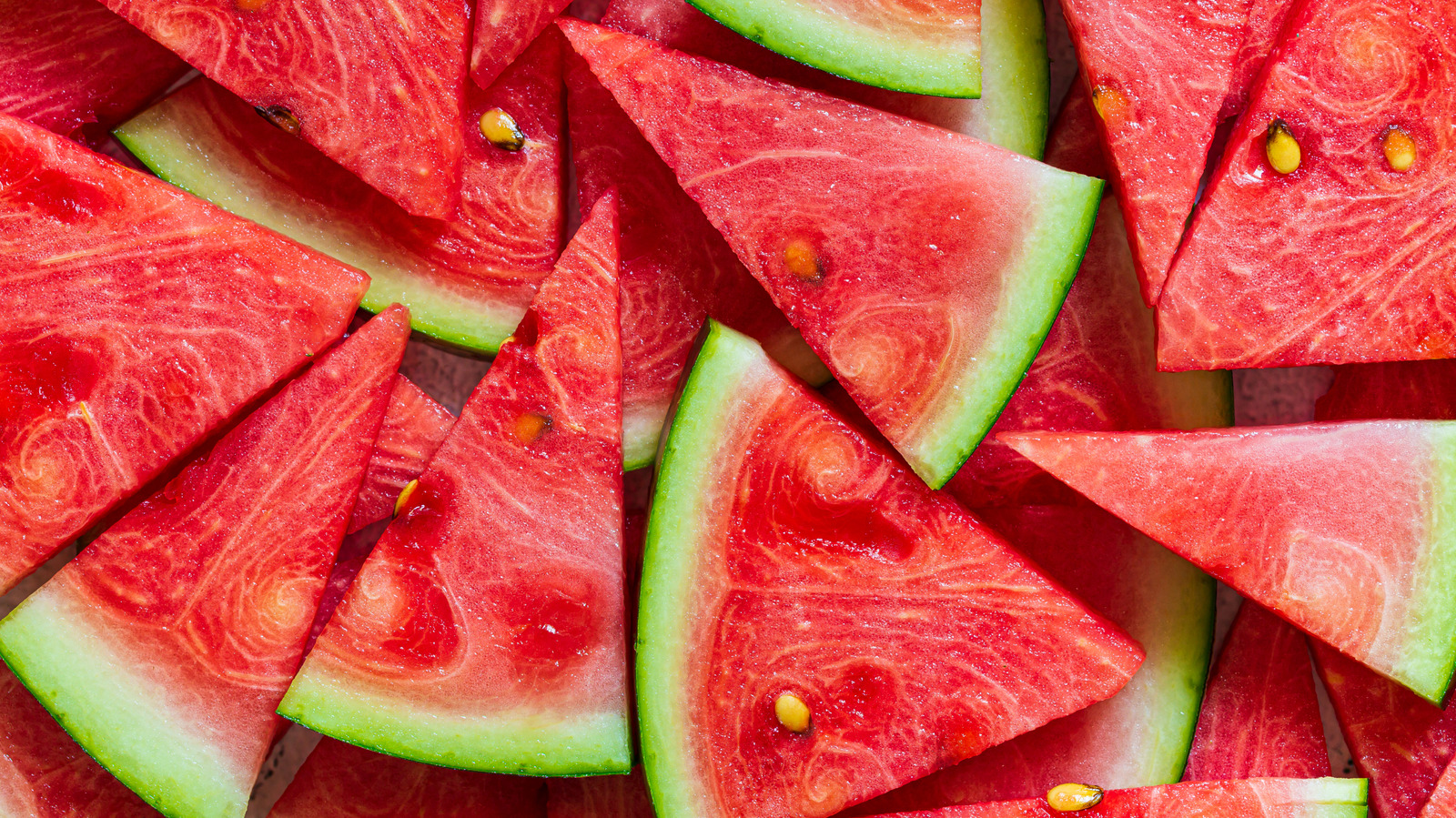
"Watermelon season spans from May through September, but its peak occurs in July and August when top U.S. growing states produce the best fruit."
"Despite rising U.S. watermelon consumption, the acreage for growing has decreased significantly since the 1990s, challenging domestic supply to meet demand."
"Many watermelons in the U.S. are imported from countries like Mexico and Guatemala, which affects quality and flavor compared to locally grown varieties."
"Watermelons need a long growing season and consistently warm temperatures, which is why most U.S. consumers experience a mix of domestic and imported fruits."
Watermelon season typically runs from May to September, with peak months being July and August, primarily in states like Florida, Georgia, Texas, and California. Despite increasing consumption, U.S. watermelon-growing acreage has fallen dramatically since the 1990s, leading to a challenging supply-demand scenario, even as the U.S. ranks lower in per capita watermelon consumption globally. The need for a lengthy warm season and the prevalence of imports from Mexico and Central America complicates the market further, resulting in a mixed quality of fruit available to consumers and highlighting the difference between domestically grown and imported varieties.
Read at Tasting Table
Unable to calculate read time
Collection
[
|
...
]